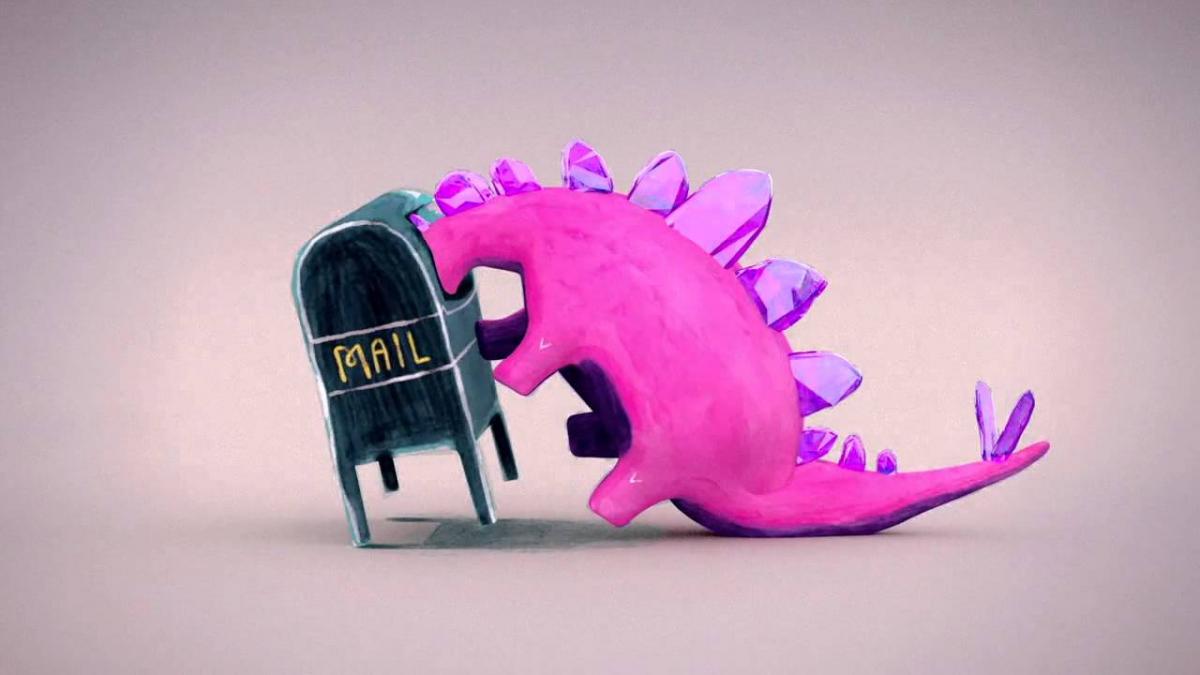 Every semester, our Writing the Community teaching artists submit lesson plans for inclusion in our K-12 lesson plan archive. Here are five new ones, all geared toward elementary school students and developed in Fall 2023!
Every semester, our Writing the Community teaching artists submit lesson plans for inclusion in our K-12 lesson plan archive. Here are five new ones, all geared toward elementary school students and developed in Fall 2023!
Making Little Poetry Books of Questions to a Nature Being
Making folded one-sheet booklets (also known as zines!) is an engaging, hands-on activity for students from preschool through early elementary. Taylor Johnson pairs this tactile mode of learning with a poetry lesson inspired by Joy Harjo's "Speaking Tree" and William Blake's "The Tyger." After reading and discussing the poems, students choose a "nature being" (such as a rock, insect, flower, or leaf) to "gently observe or hold in their hand." Students come up with questions they'd like to ask their nature being, then write these questions in their booklets. Later, they can decorate their booklets with drawings and other forms of art!
Comparison Snake
This group poem lesson plan by Matisse Rosen invites kindergarten and younger elementary students to practice developing creative imagery and comparisons through describing objects. The whole class looks at and describes an item retrieved from a bag before each student receives their own (which could be a hat, stick, paintbrush, stone, or anything else you find to share!). The poets are asked to observe their object quietly for a few minutes, before coming up with a line that compares their object to the one in the circle (Rosen gives, as examples: "The leaf is like a pencil with room for ants in its creation" and "this stone is like a pencil making dark marks on the carpet"). After the poem is written out on the board or on butcher paper, the class can read the whole thing and admire what they've created together!
If Wayne Lived in Tucson
"Wayne the Stegosaurus" is a delightfully goofy poem by Kenn Nesbitt that was made into a colorful animated video by Motionpoems. In this lesson plan, Eva Sierra shares the video with students, and then invites them to brainstorm what Wayne would love best about Tucson if he was their neighbor. Students are prompted to write about the lessons he would learn and the adventures he would go on in Tucson. By posing the questions, "Where would be his favorite places to go? What would be his favorite things to eat? What traditions might he learn?" Sierra invites students to reflect on the things they cherish about their own families, communities, and city. This lesson plan is easily adapted to other locations!
Remember This Planet
"What will my grieving self, ten or twenty years from now, wish I had celebrated about the Earth in 2023?" Sophie Daws writes in the introduction to this lesson plan, geared toward elementary and middle school students, about loss in a time of environmental devastation and climate change. Students are asked to read and discuss Joy Harjo's poem "Remember," before naming things they love about the Sonoran Desert and imagining what it might look like in the future. Finally, they write a list poem about everything they want to remember about the Sonoran in the future, either from their own perspective or from that of a desert-dwelling creature. This can include, as Daws writes, "succulent prickly pear cactus and fluorescent Mountain Dew bottle alike," as a way to remember the desert as it is now, including both its natural beauty and the human impacts upon it.
Humor at Halloween: My Broom, It Flew!
"Although there are not that many adult humorists, classrooms abound with them!" Charlie Buck writes, "In fall excitement increases with Halloween’s approach." Although Halloween is far away, this lesson plan--in which students choose an everyday occurrence or household object to write a humorous poem or story about--is easily adapted to other holidays and seasons. It is also a great way to introduce student to new vocabulary words or to using dialogue! Buck's students were challenged to incorporate vivid words like "grasp," "zoom," and "crackle" into their poems and crafted sentences like, "I was cleaning with my broom and my broom was glowing, / it was taking me to another planet."
This lesson plan includes a worksheet with brainstorming questions, to help students think through and plan their writing.

